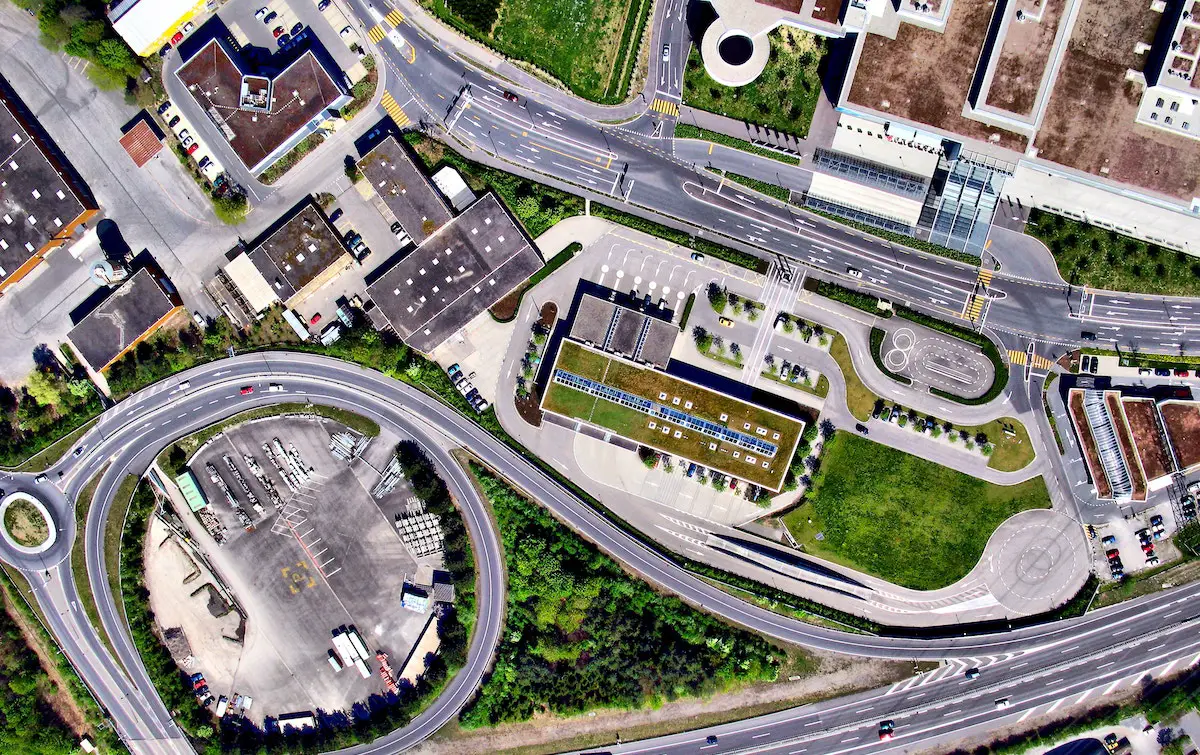A megacity is defined as a city area with a population that exceeds ten million people. Almost 50 urban regions can be considered megacities, with even more towns growing into cities as a result of the global trend of urbanisation. But cities can be big in more ways than just population size. How you define ‘biggest’ and how you define ‘city’ introduces many different answers to the question of the world’s biggest city.
Tokyo, Japan: the most-populated metropolitan region
Which city has the biggest population? The answer to that question depends a lot on how you define ‘city’. One approach is to look at the complete metropolitan area of a city. Problem is, there’s no real agreed definition of what makes a city’s metropolitan area, so comparison is tricky. Relying on government-defined regions, Tokyo comes out on top with around 37 million residents – that’s about 25% of Japan’s entire population. But with the city’s metropolitan area being the largest in the world, covering a whopping 13,500 square kilometres (5,000+ square miles), the total population might be impressive but the density isn’t.
Manila, Philippines: the most dense city
The world’s most dense city is located in the Philippines. The city of Manila, excluding its suburban regions, has a relatively small population of 1.6 million, but with this area covering around 39 square kilometres (15 square miles), Manila wins on the urban density front. 46,000 people per square kilometre (119,000 per square mile)? Impressive stuff, and with a high fertility rate of 3.1 children per woman, only going in one direction. But note the exclusion of the city’s suburban regions in this statistic. While conceptually justifiable, a true city doesn’t stop at its administrative boundaries.
Malappuram, India: the fastest growing city
Located in the north of India’s southern state (keeping up?) of Kerala, Malappuram saw a 44% increase in population between 2015 and 2020. According to UN data published by the Economist, this makes it the world’s fastest-growing city. Intriguingly, the city is based in the Indian state with the lowest rate of population growth – only 4.6% compared to a national average of 17.6%.
Yaren, Nauru: the most overweight city
Which city has the biggest population? Nope, we haven’t covered this one already. Yaren is the de facto capital city of the tiny pacific island nation state of Naura where, according to the World Health Organisation’s (WHO) Body Mass Index (BMI) rating system, 94% of the population are overweight or obese. BMI is calculated using someone weight (in kilograms) and their height (in metres), with scores of 25 and above being ‘overweight’ and 30 and above being ‘obese’. Though this evaluation might reveal more about the WHO’s system than Nauru’s citizens.
Johannesburg, South Africa: the biggest income gap
A city’s income gap, or income inequality, is the distribution of income across individuals or households. Different rating systems exist to understand income equality, with two of the most widely used being the Gini and Palma ratings. You can read up on their pros and cons here, but according to both Gini and Palma, South Africa is the most unequal country in the world, with Johannesburg the city with the world’s worst income inequality. Initially associated with apartheid, income inequality has remained an issue in the city in the decades since.
La Rinconada, Peru: the highest city
At 5,100 metres (16,700 feet) above sea level in the Peruvian Andes, La Rinconada is the world’s highest city. The population of 50,000 is perhaps smaller than you might associate with a city, and the sewage and sanitation facilities are similarly lacking. There is, however, a simple explanation for this mountaintop city – gold. The city’s existence and economy is almost entirely based on, and dependant on, production from the nearby gold mine. Its population surged between 2011 and 2009 as the price of gold did the same.
Shanghai, China: the most populated city
With a population of over 30 million, China’s largest city – Chongqing – is also the world’s largest. However, like Tokyo, Chongqing’s defined size (but not metropolitan region, in this instance) is substantial. Much of its 82,000 square kilometres (31,600 square miles) isn’t actually urban, despite it technically all being a city. Shanghai, on the other hand, is home to 6 million fewer people, with those 24 million genuinely-urban residents having to make do with a measly 6,300 square kilometres (2,400 square miles). Therefore, while two of the most populated cities in the world are in China, for this list, Shanghai makes it to the top as the world’s most populated city.
Photo: Paolo Decara. This is an updated version of a post originally published in May 2012.


